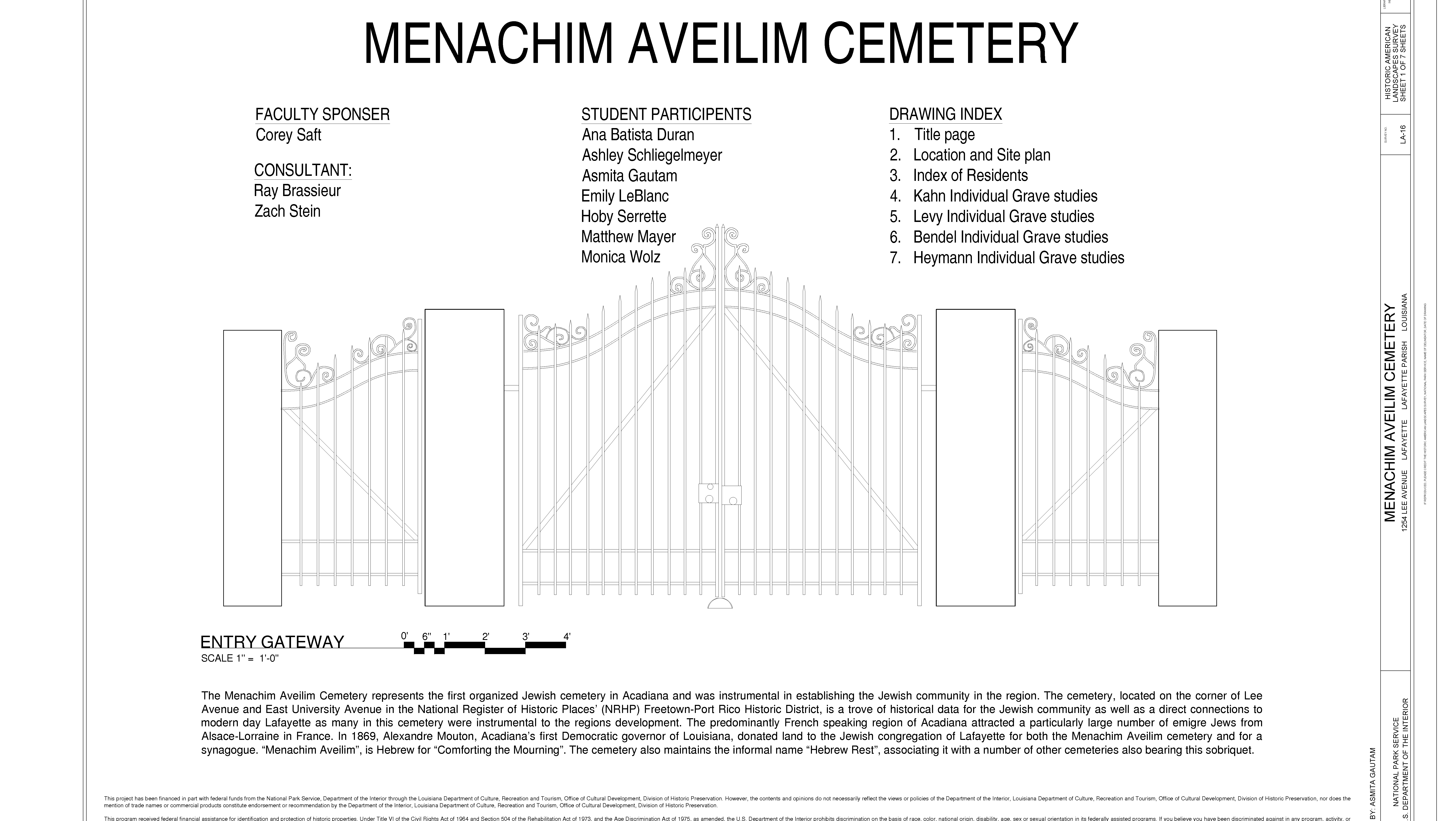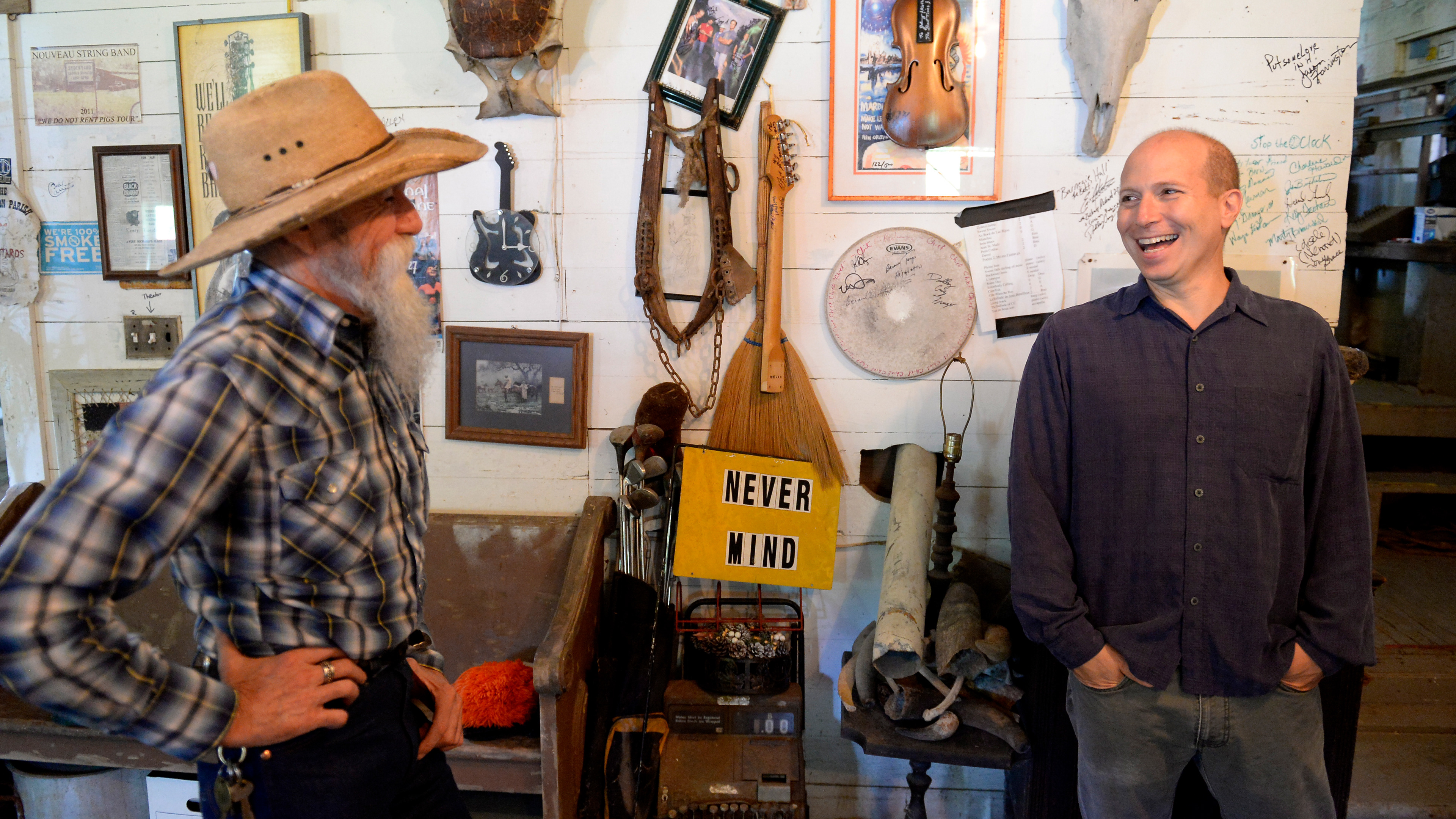The original bousillage Creole style raised cottage was built by Virgil Frozard. As stated in the Frozard National Register file, this “particular combination of Greek Revival and Creole features is very unusual and makes Frozard a local landmark in the progression from one style to another.” The house, as enlarged in 1901, is the parish’s largest example of the turn-of-the-century Eastlake gallery style. The house today remains with the mud walls in the upstairs rooms with exposed wood structure and wall-papered walls. Each of the rooms had outside doors. The Creole style home had two rooms with a central fireplace. The kitchen was located on the south part of the house.
The Frozard Plantation was documented for the Historic American Buildings Survey (HABS) in 2016. The HABS program itself began during the Great Depression in December 1933, when Charles E. Peterson of the National Park Service submitted a proposal for one thousand out-of-work architects to spend ten weeks documenting "America's antique buildings." Having operated under various administrative authorities for its first two years, HABS became a permanent program of the National Park Service in July 1934 and was formally authorized by Congress as part of the Historic Sites Act of 1935. Today's documentation is produced primarily by students pursuing degrees in architecture and in history, and the HABS, HAER and HALS programs have proven to be an important training ground for several generations of architects, engineers and historians. The collections are among the largest and most heavily used in the Prints and Photographs Division of the Library of Congress.

Frozard House

Frozard cottage








